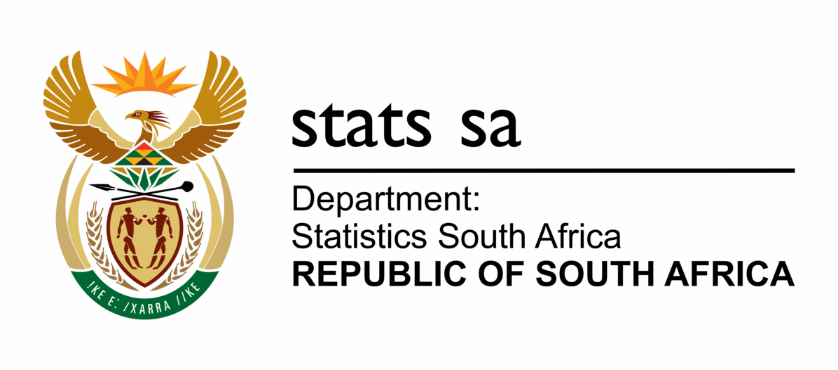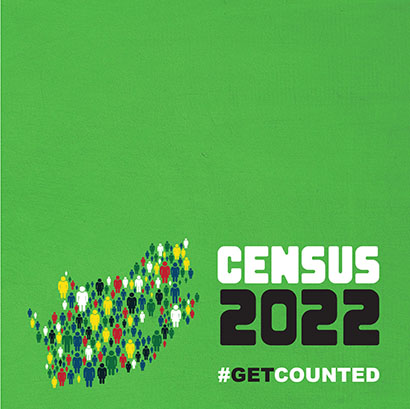Mbalo Brief – October 2014
Transport is the heartbeat of the economy; it facilitates trade, constructions and helps people reach their homes, schools and work places. It therefore comes as no surprise that the Gauteng Provincial Government has dedicated October as Transport month. The campaign, which was first launched in October 2005, is organised by the Department of Transport. Its read more »

The South African workforce shifts towards skilled jobs, but patterns still differ between race groups
There has been a shift in the last twenty years from low-skilled to semi-skilled and skilled work within the South African workforce. This was one of the results presented by the Statistician-General Pali Lehohla on the 15th September at a media event on youth unemployment. Comparisons of data from the 1994 October Household Survey and read more »
Mbalo Brief – September 2014
As a country with the highest number of official languages in the world, South Africa is home to one of the most diverse population the world over. Apart from having 11official languages recognised by our Constitution, South Africa is home to culturally diverse nations whose have either settled here in the recent past or who read more »

Fieldworker – June/July 2014 release
Inside this edition: North West municipal stats p2; The state of the youth in SA p3; South Africa – 20 years of progress p4-5; Monthly economic statistics p6; Business surveys: How economic data is collected p7; Crossword & Trivia p8.
Mbalo Brief – June 2014
Since 1994, the government of South Africa has focused its attention on youth related matters such as unemployment, HIV/AIDS, drug abuse and personal development, to commemorate the anniversary of the 16 June 1976 uprising. As this year (2014) marks the 38th year of the Youth Day anniversary, government will educate the youth about their history read more »

QUARTERLY LABOUR FORCE SURVEY: Quarter 1(January to March), 2014
Stats SA today released the Q1:2014 results which show a quarterly decline in employment by 122 000 due to a loss of 110 000 jobs in the informal sector. Formal sector employment was virtually unchanged at 10,8 million compared with the previous quarter, while both Private households and Agriculture shed jobs (14 000 and 5 000 respectively). The read more »
Media Invite, Labour Market Dynamics in South Africa
Labour Market Dynamics in South Africa The Statistician-General Pali Lehohla, will release a report on Labour Market Dynamics in South Africa, on Wednesday April 9. The report draws data from the QLFS datasets of all quarters of the previous year and will review among others, employment patterns and trends; government job creation programmes; unemployment patterns read more »
New Statistics Council inaugurated
The new SA Statistics Council, which was appointed from 1 July 2013, for a term of three years, was officially inaugurated by Mr Trevor Manuel, Minister in the Presidency responsible for National Planning, at a meeting in Ekurhuleni on 7 February 2014. The Statistics Council is appointed in terms of the Statistics Act (6 of 1999). read more »

Millennium Development Goals report
FOREWORD Minister Trevor Manuel, the Minister in the Presidency: The National Planning Commission We are in the home stretch, 2015 is just around the corner and this Millennium Development Goals report, the fifth in a series of reports since the adoption of the MDG‟s in 2000, is critical in understanding and knowing whether we are read more »

South Africans are living longer
The mid-year population estimates are used to account for population change during the period between Censuses and usually takes place at the mid-year point. This is usually done annually, rather than over a period of time as is the case with census, which is conducted after every 5 or 10 years. This year’s mid-year population read more »



